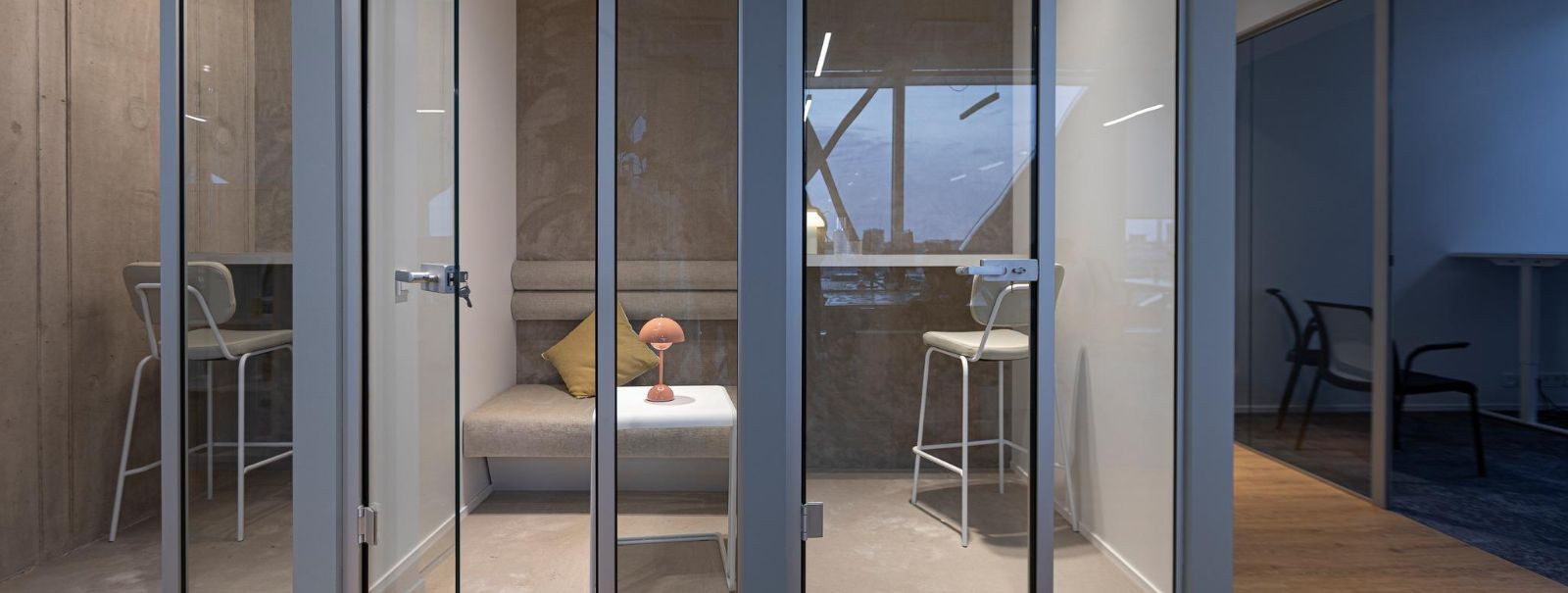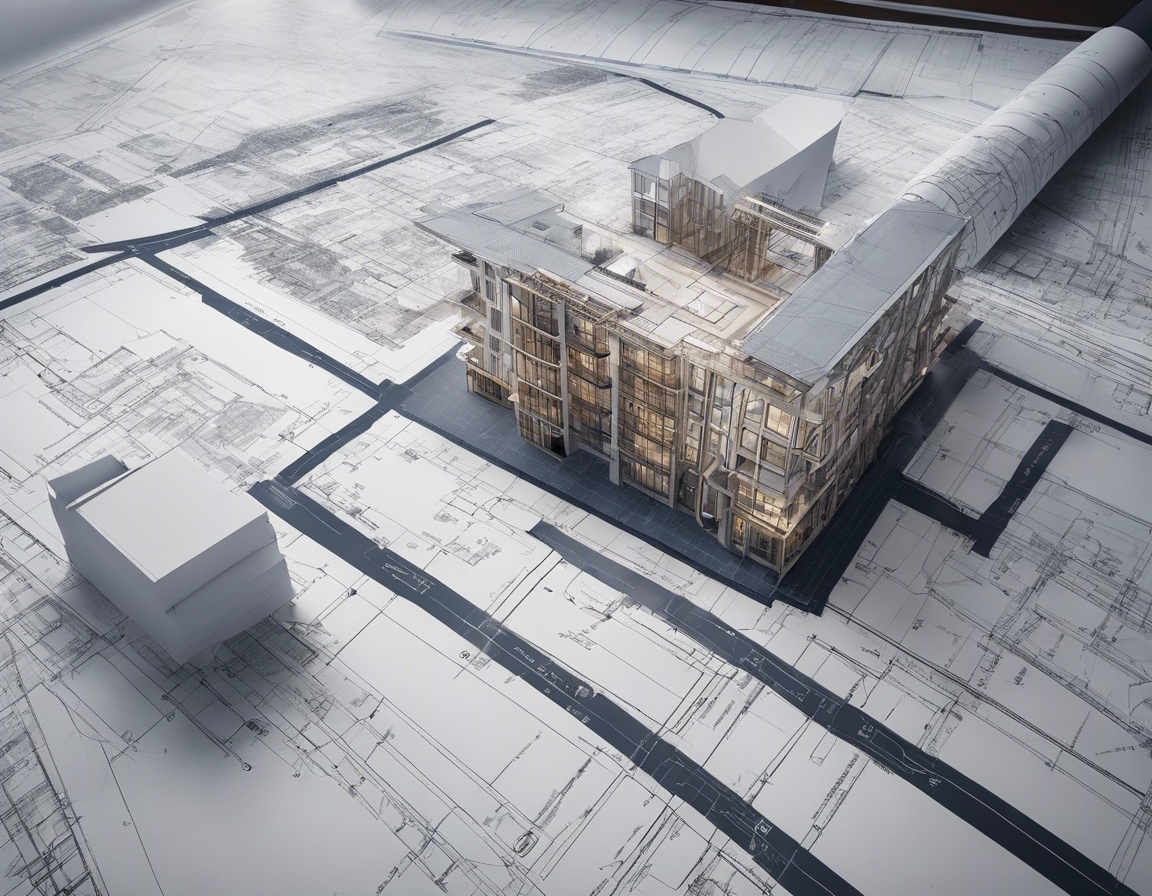The role of acoustics in creating productive work environments
The modern workplace is a dynamic environment where sound plays a crucial role in the daily experience of employees. Acoustics, or the science of sound, is an essential aspect of interior design that can significantly influence productivity and well-being. Proper acoustic design ensures that sound is managed effectively, creating a balance between collaboration and concentration.
Noise is one of the most common complaints in office environments. Excessive noise levels can lead to increased stress, reduced concentration, and lower overall job satisfaction. By understanding the impact of noise, businesses can take proactive steps to create a more conducive work environment.
The Science of Sound in Office Design
Sound waves travel through the air and are affected by various factors such as room geometry, surface materials, and furniture layout. Understanding how sound propagates can help in designing spaces that minimize unwanted noise and enhance positive soundscapes.
Several acoustic concepts are vital in office design, including reverberation time, sound absorption, and sound insulation. These concepts help designers create spaces that not only look good but also sound right.
Strategies for Acoustic Optimization
Implementing sound absorption techniques is a key strategy in reducing noise levels. Materials such as acoustic panels, ceiling tiles, and carpets can absorb sound energy, preventing it from bouncing around the space and creating echoes.
Sound masking is a technique used to add a low level of background noise, designed to mask disruptive sounds. This can be particularly effective in open-plan offices where speech privacy is a concern.
Creating different zones for various activities can help manage sound effectively. Designing spaces with acoustic considerations in mind, such as placing noisy equipment in separate areas, can greatly improve the acoustic quality of a workspace.
Materials and Design for Better Acoustics
Selecting the appropriate materials is crucial for good acoustic design. Materials with high Noise Reduction Coefficient (NRC) ratings are preferred for areas where sound absorption is needed.
Innovative design elements, such as green walls and specially designed furniture, can also contribute to better acoustics while adding aesthetic value to the workspace.
Technological Advances in Acoustic Design
Advancements in technology have led to the development of smart acoustic devices and systems that can actively monitor and adjust the acoustic environment in real-time.
Combining modern technology with traditional acoustic solutions can lead to optimal sound environments that adapt to the changing needs of the workspace.
Acoustic Considerations for Different Work Environments
Open-plan offices require careful acoustic planning to balance the need for collaboration with the need for individual focus. Strategic placement of acoustic materials and furniture can help achieve this balance.
Private offices and meeting rooms have different acoustic needs, often requiring higher levels of sound insulation to ensure privacy and prevent external noise from entering the space.
Specialized workspaces, such as recording studios or research labs, have unique acoustic requirements that must be addressed to ensure functionality and comfort.






Comments (0)